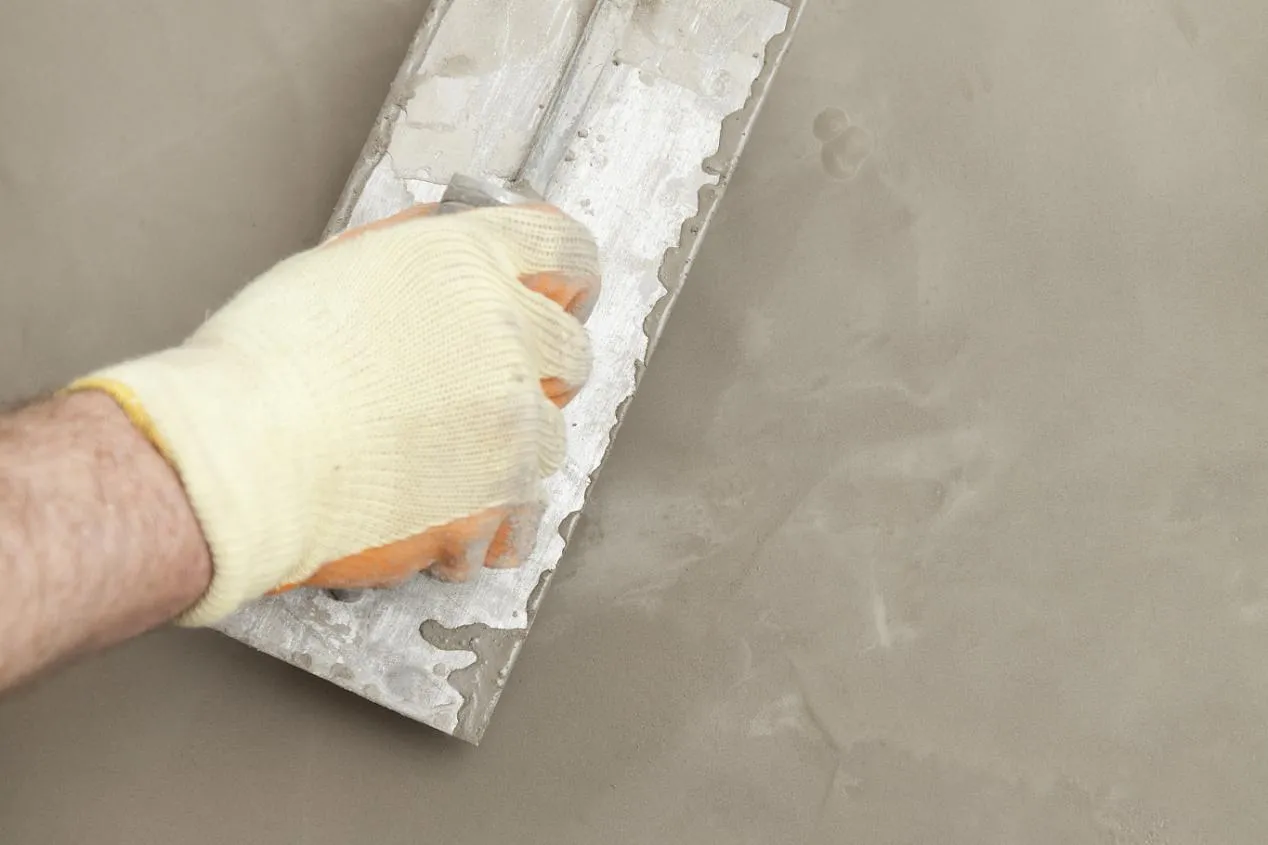
Understanding Cellulose and Its Versatile Applications in Modern Industries
Cellulose is one of the most abundant natural polymers on earth. Found in the cell walls of plants, it has become the foundation for countless industrial and commercial applications. From pharmaceuticals to food processing and construction materials, cellulose continues to play a vital role in innovation. But what exactly is cellulose, and how do its different forms—such as microcrystalline cellulose, كربوكسي ميثيل السليلوز, or nanofibrillated cellulose—contribute to today’s industries?

What is Cellulose and Why is It Important?
At its core, cellulose is a type of polysaccharide, composed of glucose molecules linked together. This unique structure makes it both strong and biodegradable, qualities that explain why cellulose is widely used across industries.
Pure cellulose extracted from plants can be processed into different derivatives, each with unique properties:
Microcrystalline cellulose: Commonly used in pharmaceuticals as a binder and filler, and in food products as a stabilizer.
Carboxymethyl cellulose and carboxymethyl cellulose sodium: Water-soluble polymers used as thickeners in foods, detergents, and cosmetics.
Methyl cellulose and methyl hydroxyethyl cellulose: Cellulose ethers that improve viscosity, often used in adhesives, paints, and construction products.
هيدروكسي إيثيل السليلوز and hydroxypropyl cellulose: Effective in personal care products, providing smooth texture in lotions, creams, and shampoos.
Polyanionic cellulose: Widely used in the oil and gas industry for drilling fluids, thanks to its salt resistance and stabilizing properties.
Hydroxy propyl methyl cellulose: Known for its thickening and binding qualities, extensively used in pharmaceutical capsules and coatings.
السليلوز المسحوق: A food-grade additive used to improve texture, add fiber, or prevent clumping in packaged foods.
Regenerated cellulose: A processed form turned into films and fibers, commonly seen in packaging and textiles.
These derivatives highlight the adaptability of cellulose to meet diverse technical requirements.

Industrial and Commercial Uses of Cellulose
Cellulose is not only a critical material in science but also in daily life.
Pharmaceuticals and Healthcare
Microcrystalline cellulose is one of the most common tablet fillers, providing stability and consistency. Similarly, كربوكسي ميثيل السليلوز الصوديومacts as a binder and disintegrant, ensuring drugs release effectively. Hydroxy propyl methyl cellulose is also valued in capsule production, where it serves as a safe vegetarian alternative to gelatin.
Food and Beverage Industry
Carboxymethyl cellulose sodiumand السليلوز المسحوقare frequently used in processed foods to improve texture, extend shelf life, and provide dietary fiber. From ice creams to baked goods, cellulose helps enhance mouthfeel and prevent crystallization.
Personal Care and Cosmetics
Formulators rely on hydroxyethyl celluloseand hydroxypropyl cellulosefor smooth textures in creams, lotions, and shampoos. These compounds ensure stable emulsions and appealing product consistency.
Construction and Industrial Materials
Methyl cellulose, methyl hydroxyethyl cellulose, and hydroxy propyl methyl celluloseimprove the workability of cement, mortar, and adhesives. Their water-retention and thickening abilities make them indispensable in construction materials.
Oil and Gas Applications
Polyanionic celluloseis a powerful additive in drilling fluids, providing viscosity and salt resistance. It helps reduce water loss and stabilizes boreholes, making it crucial for petroleum engineering.
Textiles and Packaging
Regenerated celluloseis processed into films and fibers, leading to eco-friendly materials used in clothing and biodegradable packaging. Cellulose tape, another innovative form, offers sustainable alternatives to plastic tapes in industrial and household applications.
Advanced Research and Sustainability
Nanofibrillated celluloseis at the forefront of innovation. With its nano-scale fibers, it has applications in lightweight composites, barrier films, and even biomedical engineering. This emerging material reflects cellulose’s role in sustainable development.
The Future of Cellulose in Innovation
As industries search for renewable, eco-friendly, and high-performance materials, cellulose remains a top choice. From cellulose tape replacing plastic packaging to nanofibrillated cellulose driving advancements in nanotechnology, the potential is limitless. Cellulose’s ability to be transformed into derivatives like sodium carboxy methyl cellulose, hydroxyethyl cellulose, and carboxymethyl cellulose sodium ensures its continued relevance across industries.
The challenge moving forward lies in balancing large-scale production with sustainability. With biotechnology and green chemistry, the next generation of cellulose-based materials will likely be even more environmentally friendly and versatile.
خاتمة
Cellulose is more than just a plant-based polymer—it is a foundation for modern industry. Whether it’s microcrystalline cellulose in medicine, hydroxy propyl methyl cellulose in construction, or regenerated cellulose in textiles, cellulose demonstrates its unmatched adaptability. Its various forms—methyl cellulose, hydroxyethyl cellulose, كربوكسي ميثيل السليلوز الصوديوم, and even advanced materials like nanofibrillated cellulose—highlight its importance in both traditional and emerging industries. As technology evolves, cellulose will remain a cornerstone material, shaping sustainable solutions for the future.
FAQs About Cellulose
What is cellulose and why is it important?
Cellulose is a type of natural polymer found in plant cell walls. It provides strength and structure to plants and is widely used in industries ranging from food to pharmaceuticals and construction.
What are the main uses of microcrystalline cellulose?
Microcrystalline celluloseis primarily used as a binder and filler in pharmaceutical tablets and as a stabilizer in food products. Its versatility makes it essential in healthcare and nutrition.
How is carboxymethyl cellulose sodium different from methyl cellulose?
Carboxymethyl cellulose sodiumis water-soluble and used for thickening in foods, detergents, and cosmetics, while methyl celluloseis more common in construction materials and adhesives for its binding and water-retention properties.
What are the benefits of nanofibrillated cellulose?
Nanofibrillated cellulosehas exceptional strength, lightweight properties, and biodegradability, making it valuable in advanced applications such as packaging, composites, and biomedical materials.
Is regenerated cellulose eco-friendly?
Yes, regenerated celluloseis biodegradable and derived from natural sources. It is widely used in textiles and packaging as a sustainable alternative to synthetic fibers and plastics.
-
Hydroxypropyl Starch as a Sustainable Construction AdditiveNewsNov.24,2025
-
The Gelation Properties of CMCNewsNov.21,2025
-
Redispersible Latex Powder and Water Retention CapacityNewsNov.21,2025
-
Dosage Control for Polycarboxylate Water ReducerNewsNov.21,2025
-
Film-Forming Properties of Polyvinyl AlcoholNewsNov.21,2025
-
The Function of Gypsum Additives in MortarNewsNov.21,2025





















